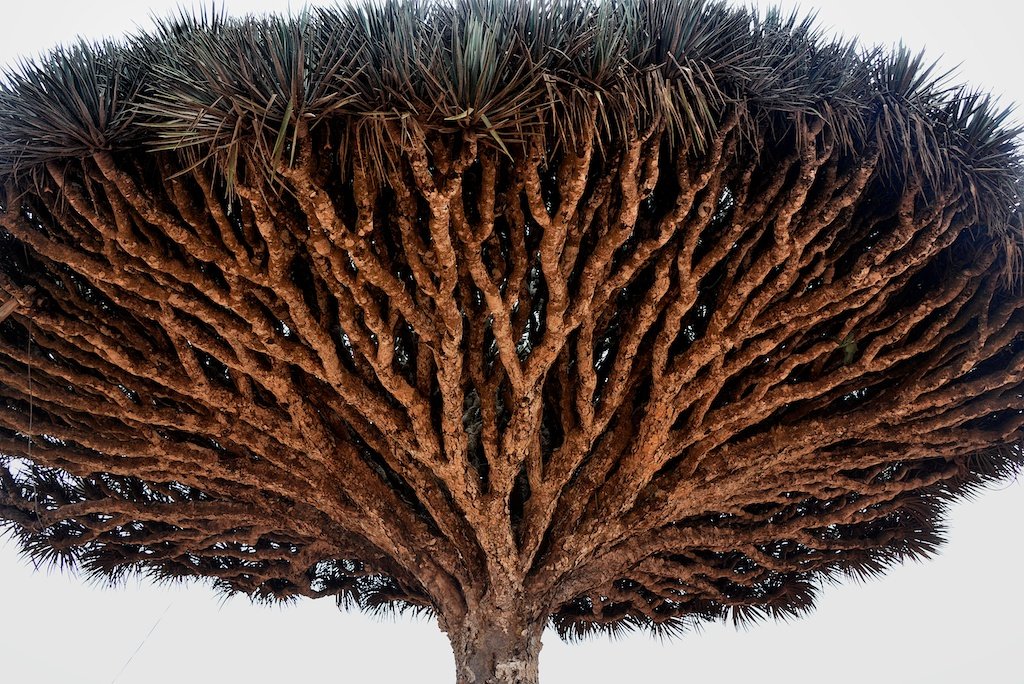Have you ever wondered if Earth hides its own alien landscapes, places so bizarre and breathtaking that they seem ripped from the pages of science fiction? Imagine standing somewhere so fantastical, so otherworldly, you almost expect to see a spaceship land or a two-headed creature stroll by. From neon-colored lakes to deserts that shimmer like red velvet, our planet is full of jaw-dropping wonders that defy belief. Some are sculpted by the patient hand of time, others burst into existence through fiery cataclysms. Yet all these places share one thing: they remind us that Earth’s imagination might just rival that of any distant planet. Let’s journey across continents and peek into the surreal, discovering 10 real places that look like they’re from another world.
Socotra Island, Yemen: Alien Botany in Bloom
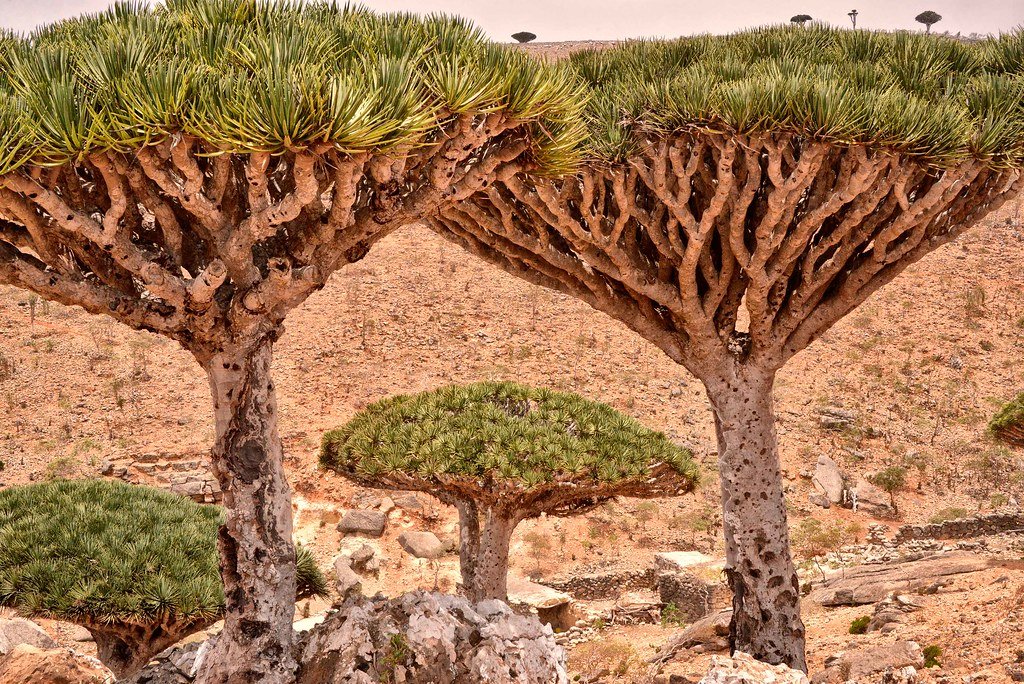
Socotra feels like the set of an intergalactic adventure. Located in the Arabian Sea, this island is famous for its hauntingly unique flora, especially the dragon’s blood tree. With umbrella-shaped canopies and thick, twisting trunks, these trees look like alien sentinels. More than a third of Socotra’s plant species are found nowhere else on Earth, giving the island an “off-world” vibe. The landscape is dotted with bottle trees and bizarre succulents that could easily be extras in a sci-fi movie. Walking here, the silence and strangeness wrap around you, making it hard to believe you’re still on Earth.
The Danakil Depression, Ethiopia: Earth’s Hottest Hellscape

Few places on Earth are as extreme, or as eerily beautiful, as Ethiopia’s Danakil Depression. The ground boils with acidic pools in neon yellow, green, and orange, painted by minerals that bubble up from deep within the planet. Temperatures regularly soar above 120°F, and geysers spit out toxic gases. The salt flats shimmer like cracked glass, and the ground seems alive with strange patterns. It’s a land where nothing should survive, yet somehow, life clings to the edges. Looking across the steaming landscape, you’d be forgiven for thinking you’d landed on Venus.
Salar de Uyuni, Bolivia: The World’s Largest Mirror
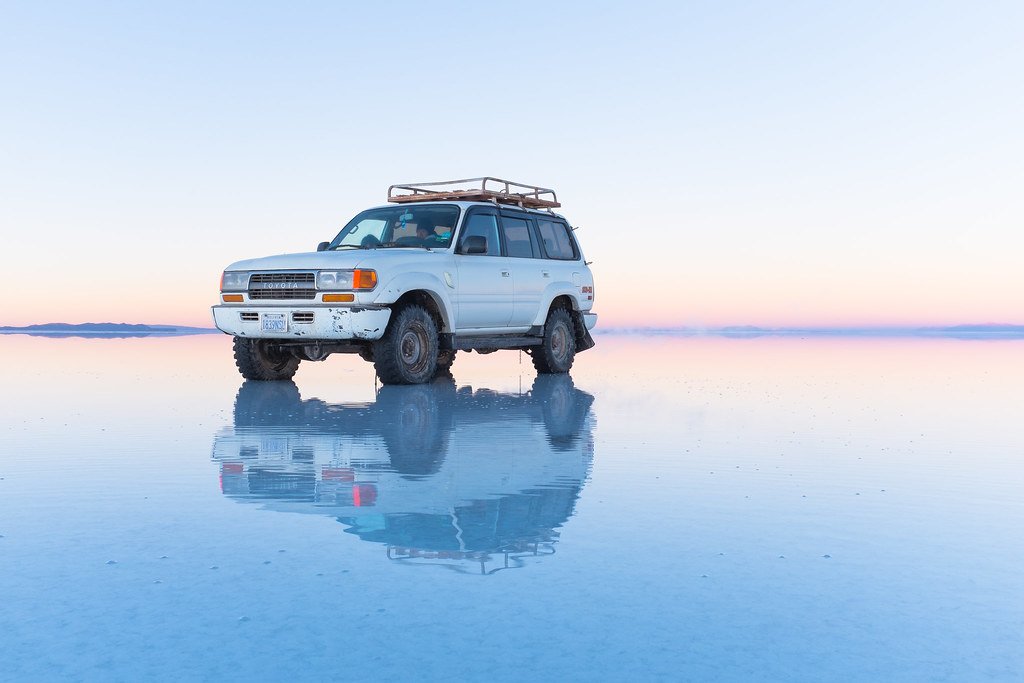
After a rainstorm, Bolivia’s Salar de Uyuni transforms from a blinding white salt flat into the world’s largest natural mirror. This vast, empty expanse stretches for over 4,000 square miles. The sky merges perfectly with the ground, creating the illusion of infinite space. When flamingos wade across the mirrored surface, it’s as if they’re gliding across the clouds. The sheer scale and symmetry of Salar de Uyuni make it feel like you’re walking on a planet with no horizon, where reality itself gets slippery and dreamlike.
Lake Natron, Tanzania: A Crimson Pool of Life and Death

Lake Natron is a paradox: as beautiful as it is deadly. This alkaline lake gets its deep red and orange hues from salt-loving microorganisms. The water is so caustic it can calcify animals that die in its embrace, turning birds into eerie stone sculptures. Flamingos thrive here, feeding on the lake’s algae and nesting in the salty shallows. The steaming, colored waters and ghostly animal shapes look like something out of a fever dream—a Martian sea, both enchanting and perilous.
Pamukkale, Turkey: The Cotton Castle’s Frozen Waterfalls
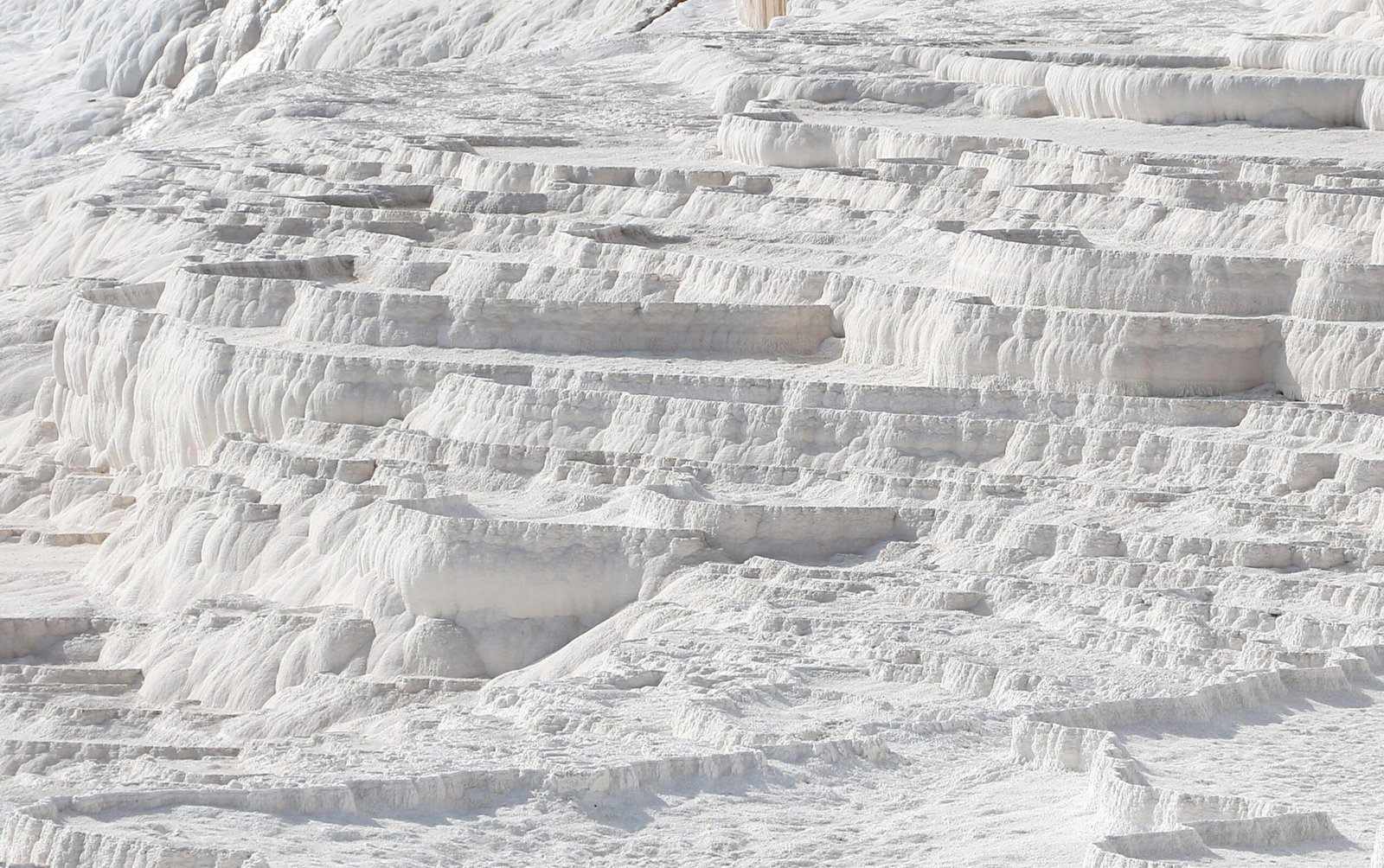
Pamukkale, meaning “cotton castle” in Turkish, is famous for its brilliant white terraces that cascade down a hillside. These terraces are made from travertine, a mineral deposited by hot springs flowing over the rocks. The pools glow in shades of turquoise and blue, contrasting sharply with the bright white backdrop. Walking barefoot along the terraces, you feel like you’re exploring the icy cliffs of a distant moon, yet the warm water is soothing and welcoming. It’s a surreal place, blending relaxation with the unearthly.
Wulingyuan, China: Floating Pillars in the Mist
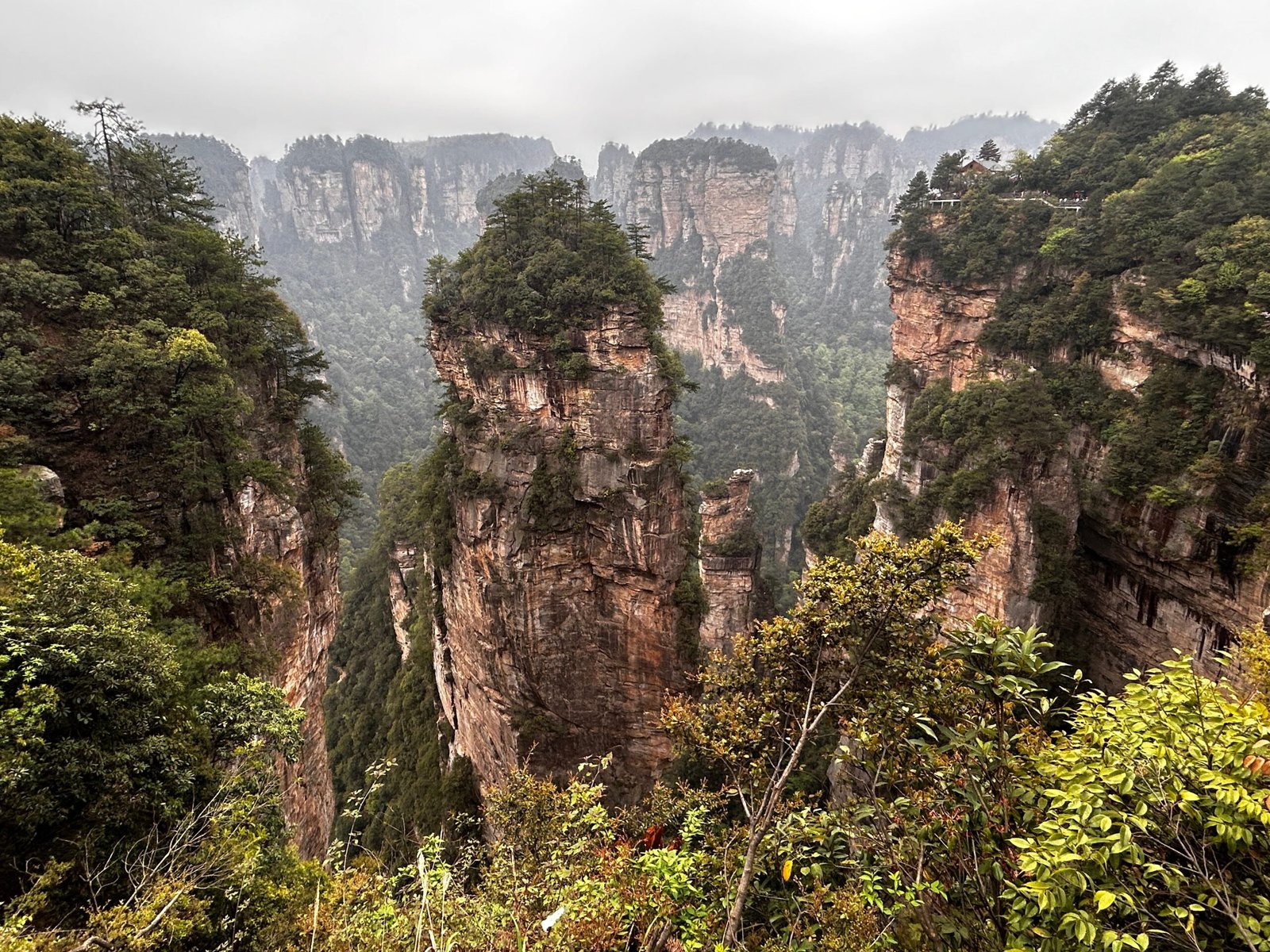
The Wulingyuan Scenic Area in China’s Hunan Province looks like the backdrop to a fantasy epic. Over 3,000 sandstone pillars rise hundreds of feet into the mist, each one crowned with lush greenery. These natural skyscrapers inspired the floating Hallelujah Mountains in the movie Avatar. When fog drifts through the valleys, the pillars appear to hover in midair, creating a landscape that feels both ancient and otherworldly. It’s hard not to stare in awe, half-expecting a flying creature to swoop past.
Antelope Canyon, USA: The Undulating Heart of Stone
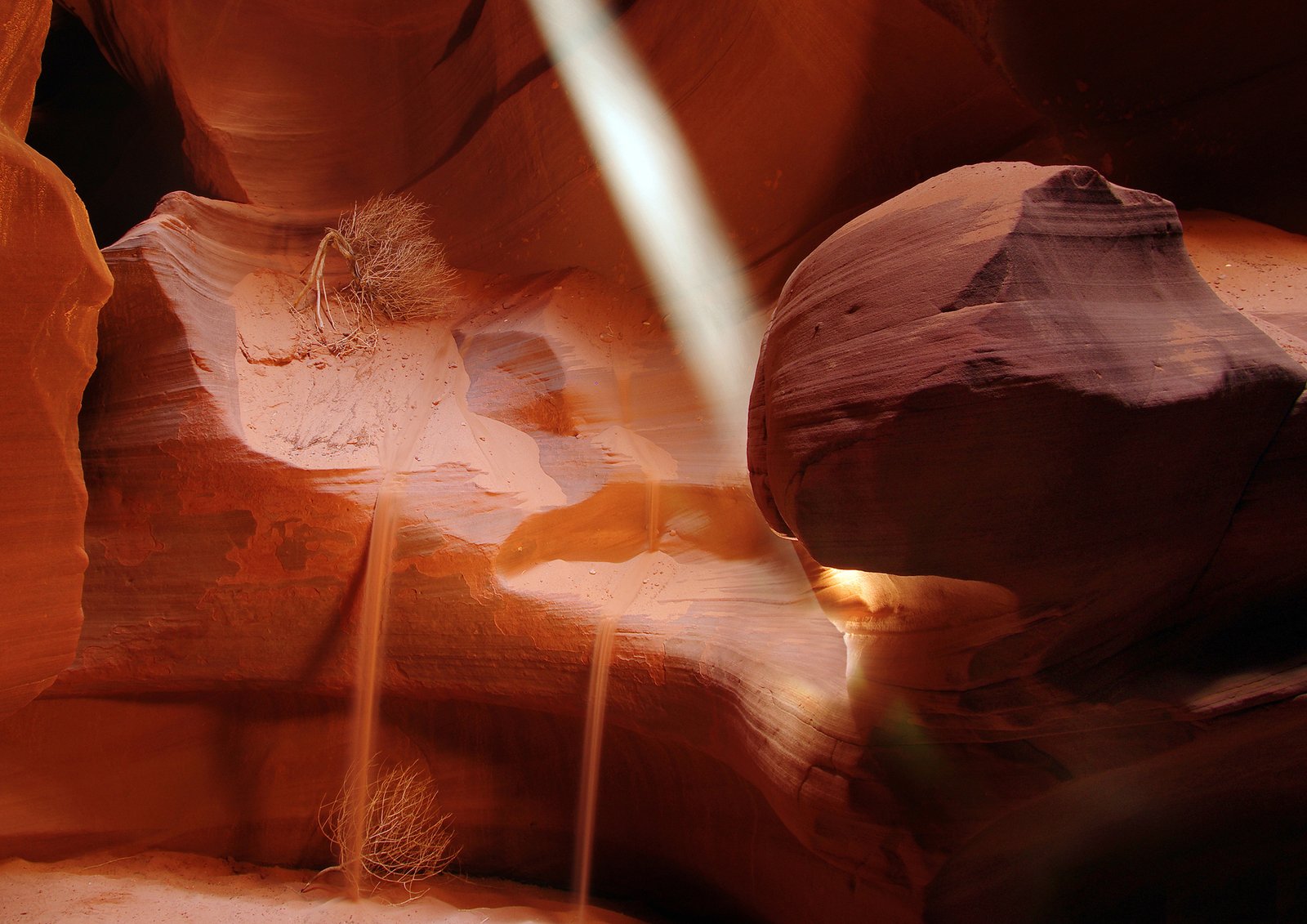
Antelope Canyon in Arizona is a hidden labyrinth carved by water over thousands of years. The narrow sandstone walls twist and turn, painted in waves of orange and red. Sunbeams filter down in glowing shafts, illuminating the smooth curves and making the canyon seem alive. The play of light and shadow is so dramatic and the shapes so fluid, it’s like walking through the inside of a living organism—or perhaps the corridors of an alien spacecraft. Every step reveals a new, mesmerizing vista.
Mount Roraima, Venezuela: The Tabletop of the Gods

Mount Roraima towers above the surrounding rainforest, its sheer cliffs rising like the walls of a prehistoric fortress. This flat-topped mountain, or tepui, is often shrouded in clouds, making it appear to float above the Earth. The summit is an isolated plateau, home to bizarre rock formations and rare plants found nowhere else. Some scientists believe Roraima’s landscape has changed little in millions of years, giving it a true lost-world feeling. Standing atop its misty expanse, it’s easy to imagine dinosaurs wandering by or explorers stumbling onto a new planet.
Waitomo Glowworm Caves, New Zealand: A Starry Night Underground

Beneath the rolling hills of New Zealand’s North Island lies a secret galaxy. The Waitomo Glowworm Caves are home to thousands of tiny glowworms that light up the darkness with a soft, blue-green glow. Drifting through the caves by boat, you’re surrounded by what looks like a night sky full of stars. The experience is so enchanting it feels magical, as if you’ve stepped through a portal to another world. The silence, punctuated only by dripping water, adds to the sense of awe.
Valle de la Luna, Chile: The Valley of the Moon

Chile’s Valle de la Luna truly lives up to its name. This desert landscape is sculpted by wind and water into ridges, craters, and dunes that bear a striking resemblance to the lunar surface. The colors shift from gold to deep red as the sun sets, and at night, the starry sky seems close enough to touch. The valley is almost devoid of life, its silence profound and haunting. Walking here, you feel like an astronaut, exploring the surface of a silent, forgotten world.
White Desert, Egypt: Sculptures in the Sand

The White Desert in Egypt looks like a gallery of surrealist sculptures. Over centuries, wind and sand have carved the chalk-white rock into strange shapes—giant mushrooms, ice-cream cones, and other whimsical forms. The contrast between the pale formations and the golden sand is mesmerizing, especially under the glow of the setting sun. Travelers who camp here often say it feels like sleeping in a dreamscape, where every rock holds a secret story.
Grand Prismatic Spring, USA: A Rainbow in the Earth

Yellowstone’s Grand Prismatic Spring is the largest hot spring in America, and it’s famously vibrant. Its waters shift from deep blue in the center to rings of green, yellow, orange, and red at the edges. These colors are caused by heat-loving bacteria that thrive in different temperatures. From above, the spring looks like a painter’s palette or the eye of a cosmic storm. The steam rising from its surface adds to the otherworldly effect, turning the area into a living, breathing artwork.
Lençóis Maranhenses, Brazil: Waves of Sand and Water

Lençóis Maranhenses is a desert unlike any other. For several months each year, rainwater fills the valleys between rolling sand dunes, creating thousands of crystal-clear lagoons. The landscape becomes a patchwork of blue pools and white sand, stretching as far as the eye can see. The shifting patterns are hypnotic, and the feeling of swimming in a freshwater pool surrounded by desert sand is unforgettable. It’s a place where contradictions come together in the most beautiful way.
Fly Geyser, USA: A Psychedelic Fountain in the Desert
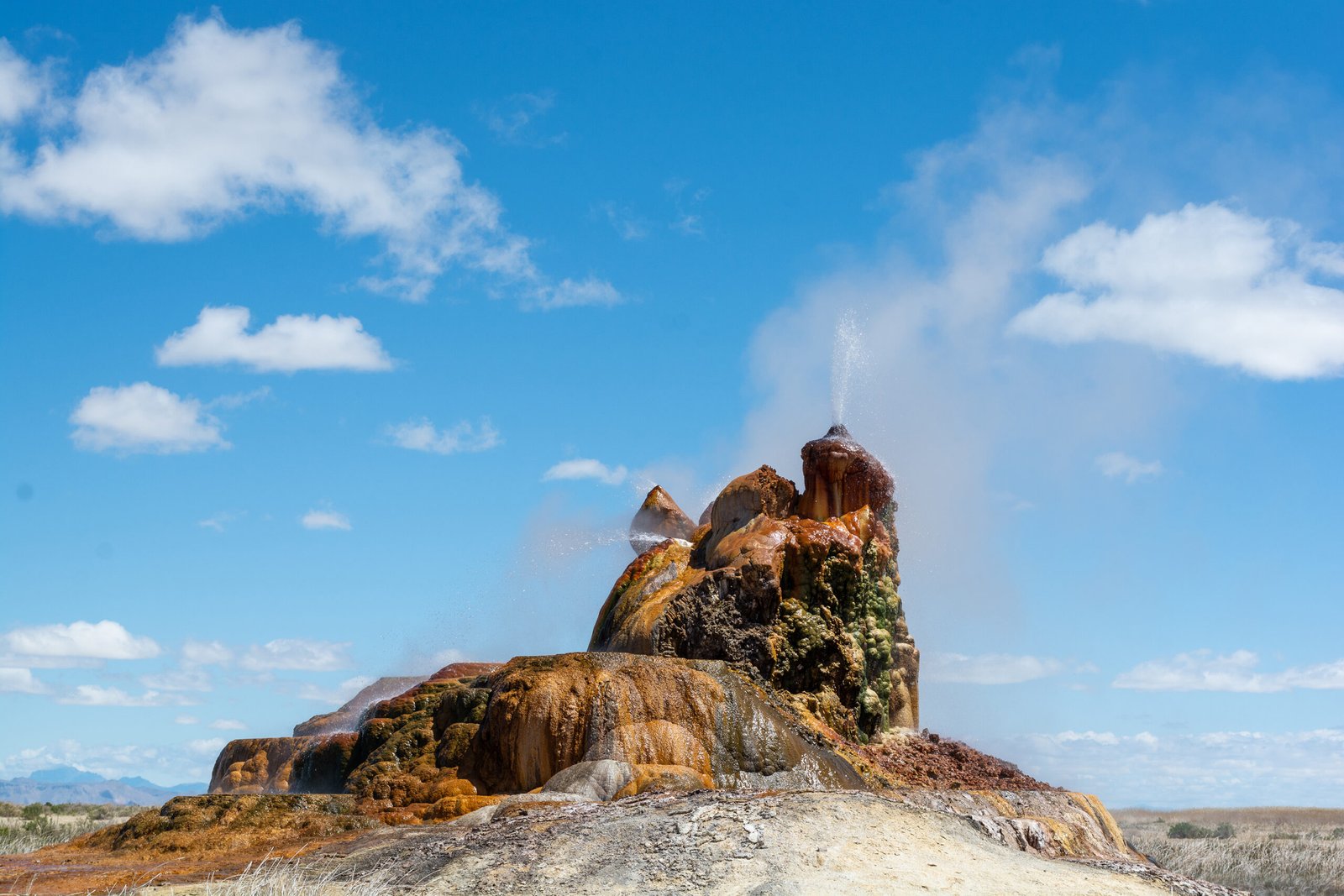
Hidden in Nevada’s Black Rock Desert, Fly Geyser is a man-made marvel born of a drilling accident. Over decades, minerals built up around the geyser, creating a mound covered in brilliant shades of red, green, and yellow. Hot water spurts from the top, feeding shallow pools that attract birds and insects. The colors and shapes look like something Dr. Seuss might have dreamed up, making Fly Geyser a true terrestrial oddity.
Giants Causeway, Northern Ireland: Stepping Stones of the Ancients
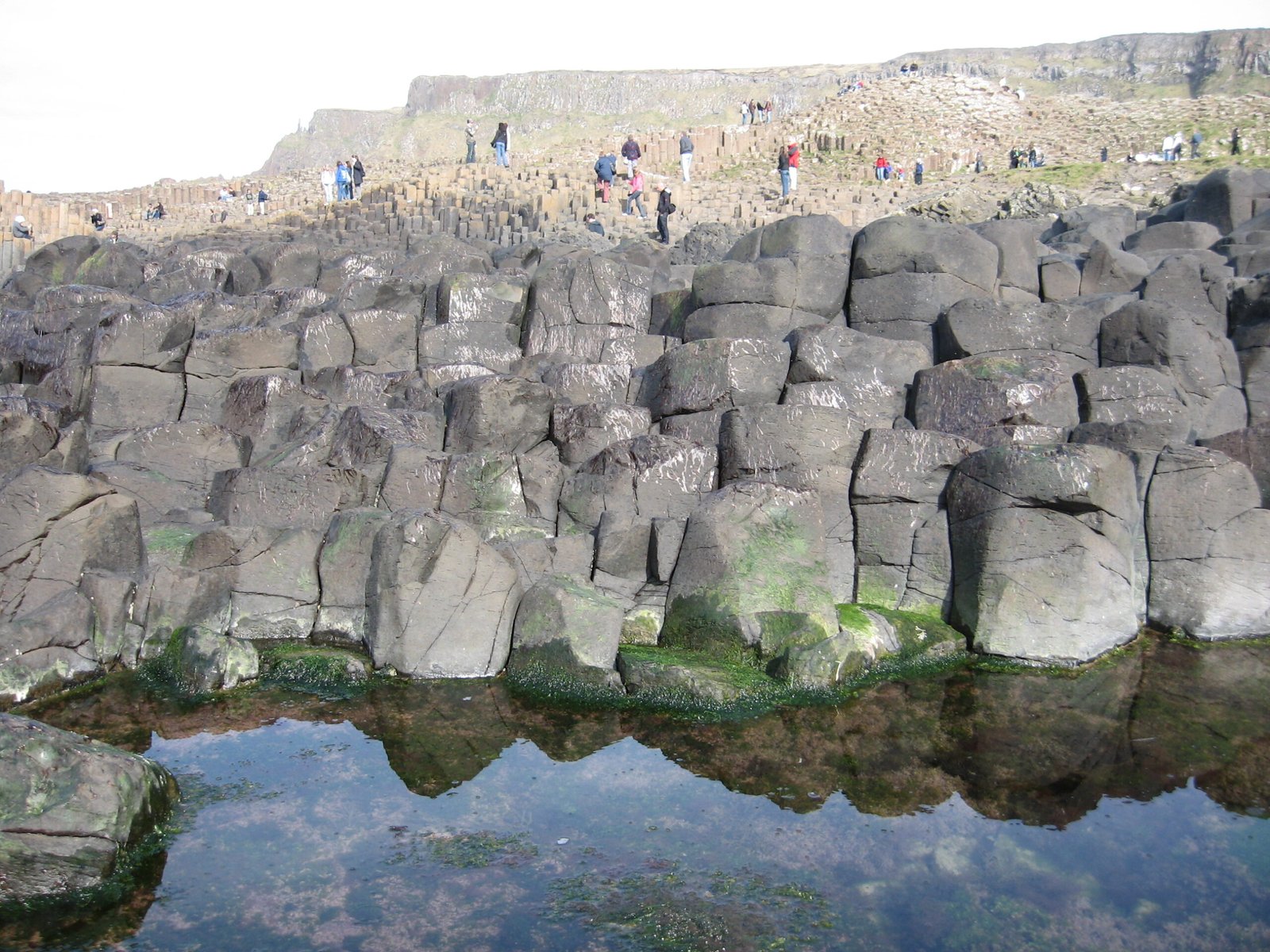
The Giant’s Causeway is a stretch of coastline made up of about 40,000 interlocking basalt columns, formed by an ancient volcanic eruption. The columns fit together so neatly they look like the work of giants—or perhaps an alien civilization. Local legends say the causeway was built by mythical giants, adding to its mystique. The geometric shapes and moody sea make this spot a photographer’s paradise, as well as a place to let your imagination run wild.
Door to Hell, Turkmenistan: The Eternal Fire Pit
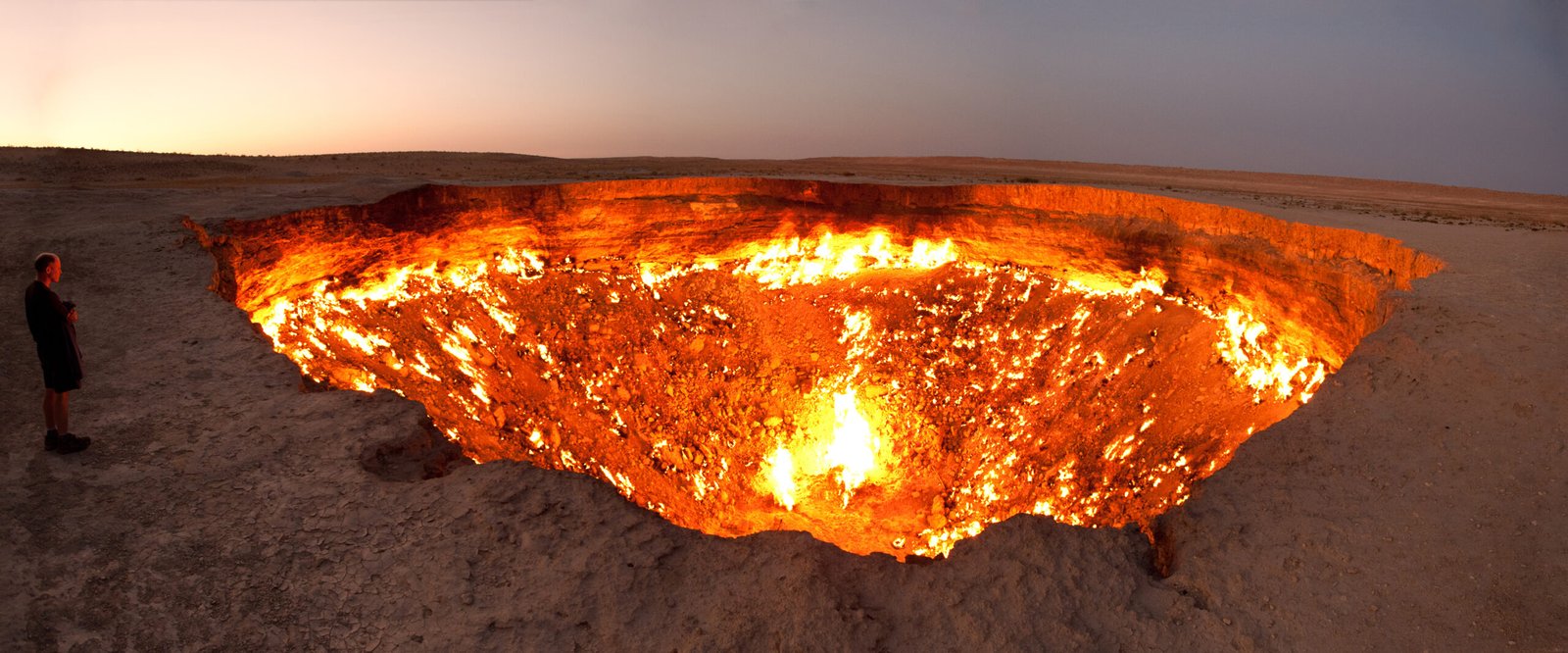
In the middle of Turkmenistan’s Karakum Desert, a pit of burning natural gas has blazed for over fifty years. Locals call it the “Door to Hell.” The fiery crater glows day and night, casting an orange light across the desert. It was created when a Soviet drilling rig collapsed, and geologists set the gas alight, hoping it would burn out quickly. Instead, it has continued to burn, creating a dramatic, unsettling spectacle that’s both fascinating and a little frightening.
Rainbow Mountains, China: Nature’s Painted Canvas

The Zhangye Danxia Landform Geological Park in China is home to hills striped with vivid reds, yellows, greens, and blues. These colors are the result of layered mineral deposits, revealed by millions of years of erosion. The mountains look like gigantic brushstrokes, as if the earth itself decided to experiment with color. Walking among these undulating hills, it feels like stepping into a surrealist painting or the surface of an alien world.
Lake Hillier, Australia: The Bubblegum Pink Lake

Lake Hillier is a startling sight: a bright pink lake nestled beside deep blue ocean waters. Scientists believe its unusual color comes from salt-loving microalgae and bacteria. Unlike many colored lakes, Hillier’s water stays pink all year round, and it’s safe to swim in. From the air, the contrast between the pink lake and the surrounding green forest is almost too much to believe. It’s a playful reminder that nature loves to surprise us.
Vatnajökull Glacier Caves, Iceland: A Sapphire Underworld

Beneath Iceland’s largest glacier, a hidden world of ice caves glows in electric blue. These caves are carved by meltwater, and their smooth, glassy walls reflect light in mesmerizing ways. Entering one feels like stepping into a frozen palace, or perhaps the lair of an ice-dwelling alien. The caves change every year, shaped by the glacier’s movement, which means no two visits are ever the same. The silence and beauty here are unforgettable.
Mono Lake, USA: The Forest of Tufa Towers

Mono Lake in California is known for its eerie limestone “tufa” towers, which rise like sculptures from the water’s edge. These spires formed underwater when calcium-rich springs met the lake’s alkaline waters. As the lake level dropped, the towers emerged, creating a jagged, otherworldly shoreline. The salty, mineral-rich water supports unusual life forms, including brine shrimp and alkali flies. The scene is stark, surreal, and strangely beautiful—a reminder that even the most inhospitable places can be full of life and mystery.

